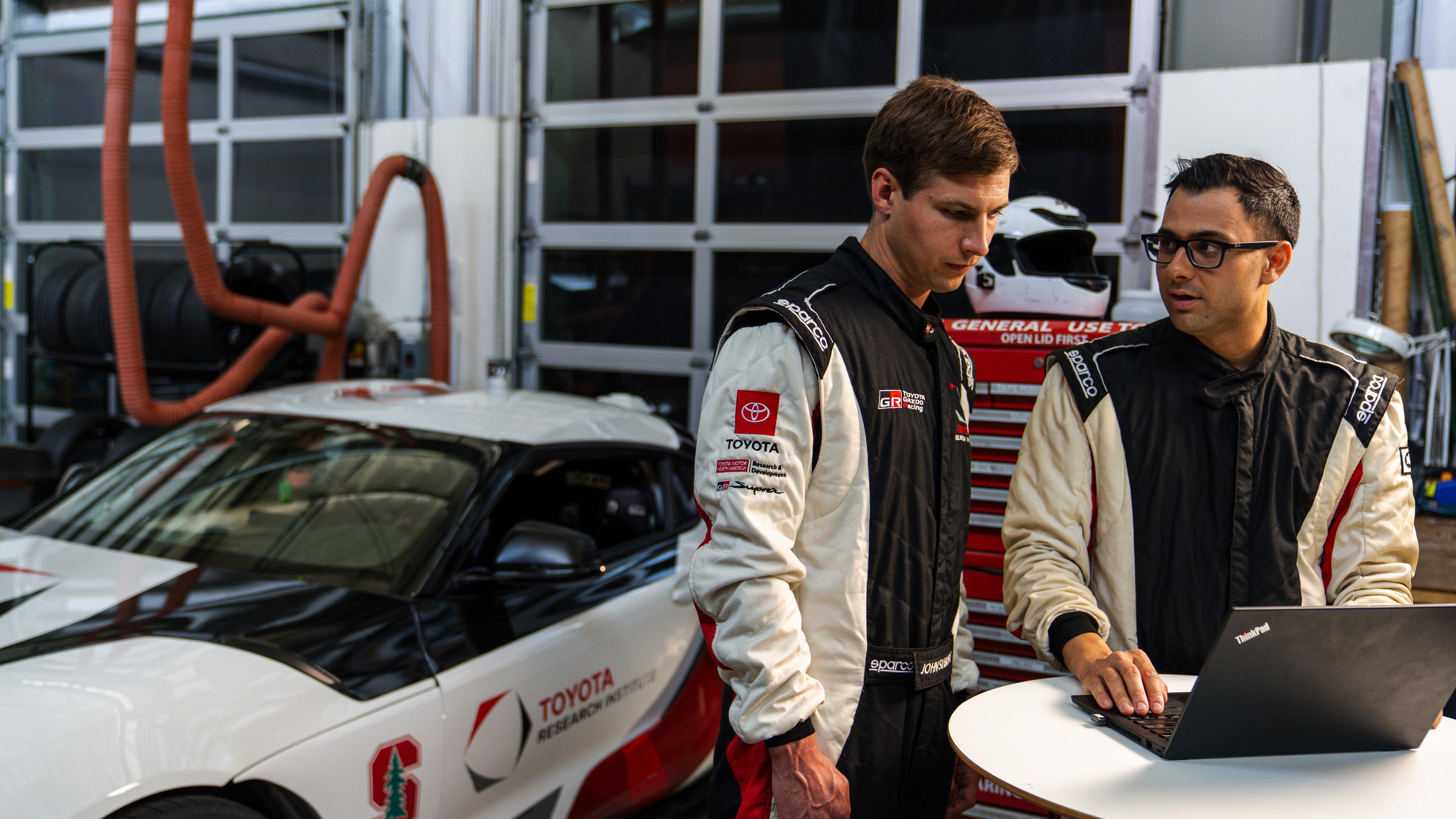
WIRED Journalist Will Knight reports on Toyota Research Institute and Stanford Engineering's achievement of the world's first fully autonomous tandem drift sequence.
"Losing traction while driving at high speed is generally very bad news," Knight wrote in his recent article, Toyota Pulls Off a Fast and Furious Demo with Dual Drifting AI-Powered Race Cars. "Scientists from the Toyota Research Institute and Stanford University have developed a pair of self-driving cars that use artificial intelligence to do it in a controlled fashion -- a trick better known as "drifting" -- to push the limits of autonomous driving."
Knight wrote that algorithms designed to handle a car after it loses traction could potentially intervene on behalf of human drivers.
"What we're really looking at here is how to control the car at the extremes of performance, when the tires are sliding, the kind of condition you would encounter when driving on snow or ice," says Avinash Balachandran, vice president of TRI's Human Interactive Driving Division. "When it comes to safety, being an average driver is just not good enough, and so we're really looking to learn from the best experts."